Everything the 1963 WWII Film “The Great Escape” Got Wrong
Is there such a thing as a perfect War World II film? While many regard the 1963 Steve McQueen film, “The Great Escape,” as one of the greatest WWII films of all time, the movie isn’t without its flaws.
Historians have pinpointed all of the inaccuracies that they found throughout the film, which was based on a true story.
“The Great Escape” Is Based on a True Story
The film was based on the true story of a group of soldiers escaping from the POW Camp Stalag Luft III. While not all of the men in this group survived the camps, it is estimated that about 3,500 Allied prisoners managed to escape various prisons.
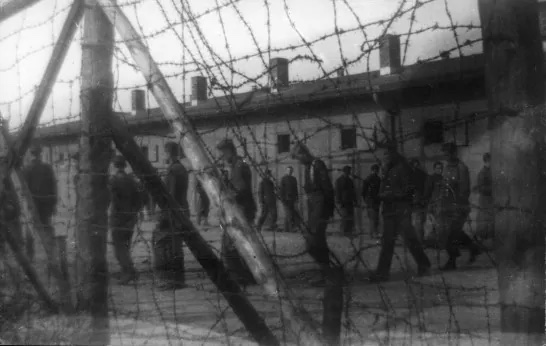
Source: Air Force Museum of New Zealand
Among the group of prisoners is American Captain Virgil Hilts, played by Steven McQueen. The film became one of the highest-grossing films of 1963 and has been cemented as a true classic, even if some of the things in the film didn’t happen in real life.
Pure Hollywood Fantasy
“The Great Escape” follows a group of Allied soldiers imprisoned during WWII in a German POW camp as they try to escape while drawing Nazi forces away from battle to search for fugitives.

Source: Paul Deetman/Pexels
While the bravery of these soldiers is highlighted in “The Great Escape,” historian Jem Duducu tells Metro that the film is “a strange mixture of fastidious creation and pure Hollywood fantasy.”
Hatching the Plan
The true story shows the resourcefulness and bravery of the prisoners as they bartered and stole equipment that allowed them to create tunnels with wood, a railway, and electric lighting throughout.
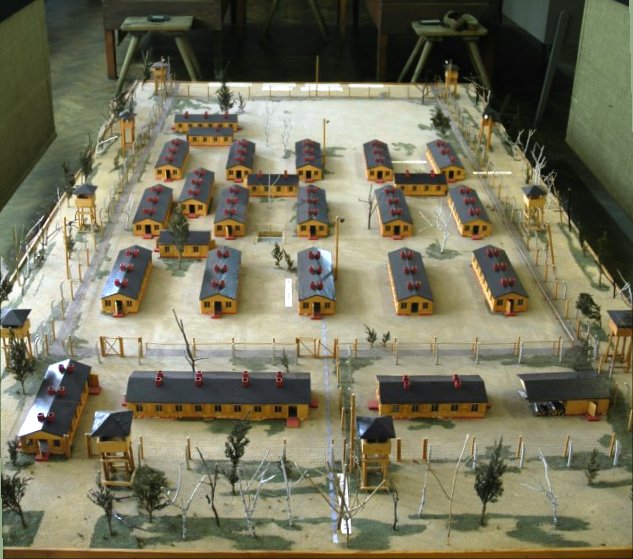
Source: Wikimedia Commons
According to German reports, materials missing from the camp used in the escape included 4,000 bedboards,1,699 blankets,161 pillowcases, 34 chairs, 478 spoons, 30 shovels, 1,000 feet of electric wire, 600 feet of rope, 192 bed covers, 3,424 towels.
Uncovering the Plan
Tom, the name of the first tunnel, was discovered by guards in September 1943. The second tunnel, Dick, was abandoned and used for storage. The third tunnel, Harry, became the prisoners’ focus.

Source: Wikimedia Commons
On March 24, 1944, 76 RAF officers successfully broke out of the camp. Out of all the escapees, 73 were recaptured, 50 were shot by the Gestapo, and three managed to escape.
The Results of the Great Escape
“The escape infamously led to 50 men being shot. It did lead to further brutality against escaped prisoners. The Great Escape, sadly, led to more death and misery than anything else,” Jem said.
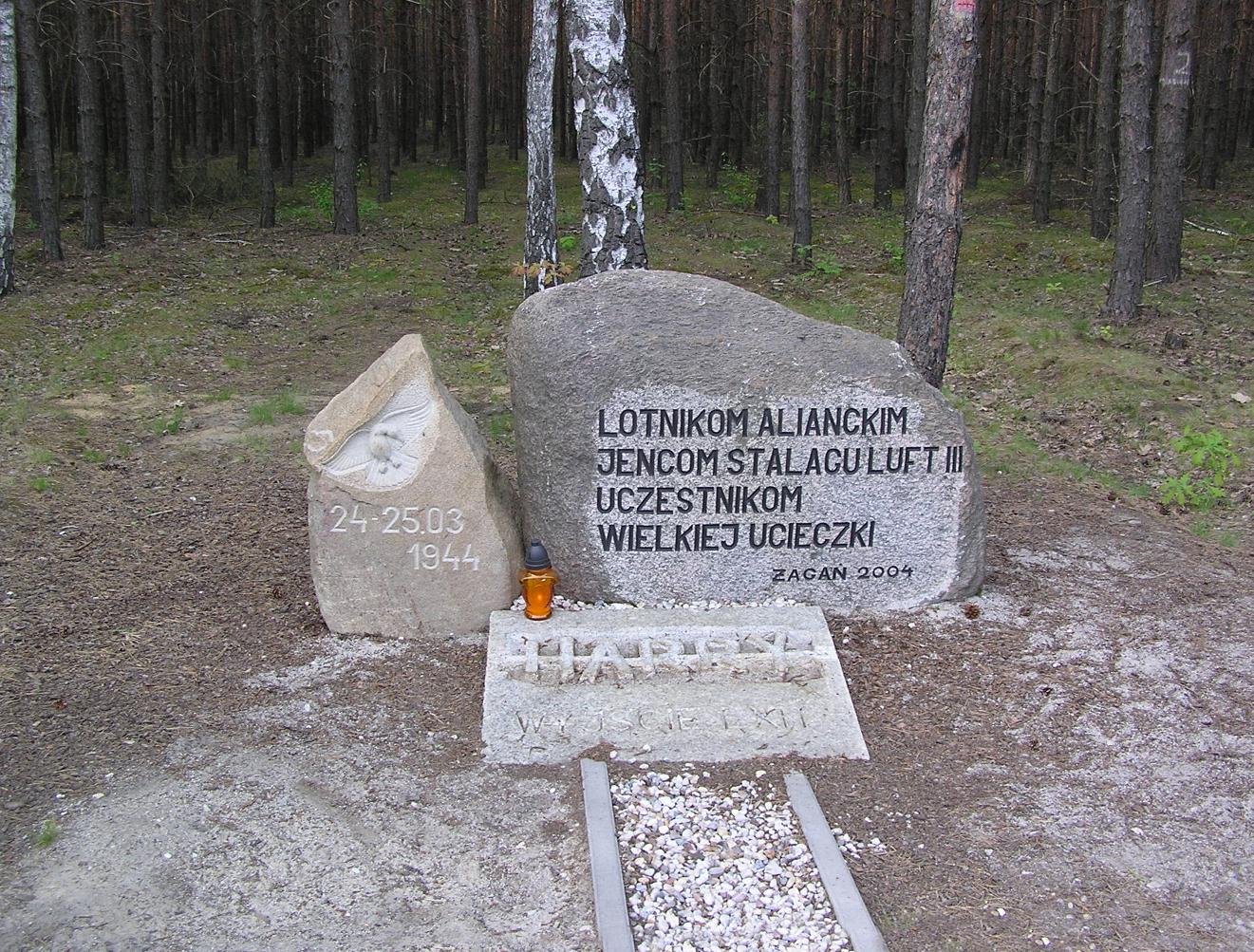
Source: Wikimedia Commons
While the escape did not alter the course of the war, the Great Escape had significant psychological effects that showcased the determination and resourcefulness of Allied prisoners.
Immortalizing the Allied Bravery
The story of the escape has been immortalized in books, films, and documentaries as a symbol of courage, defiance, and solidarity.

Source: Rotten Tomatoes Classic Trailers/YouTube
The RAF Benevolent Fund commented on the film, saying it was “true to the spirit of events in the north compound and the chatter of many of the men involved.” However, there are some inaccuracies to point out.
McQueen’s Character Didn’t Exist
One of the main inaccuracies is McQueen’s iconic character. While the character of Hilts may have not existed, he was a composite of the men involved in the plan to escape. Hilts was based on at least three pilots: David M. Jones, John Dortch Lewis, and Bill Ash.
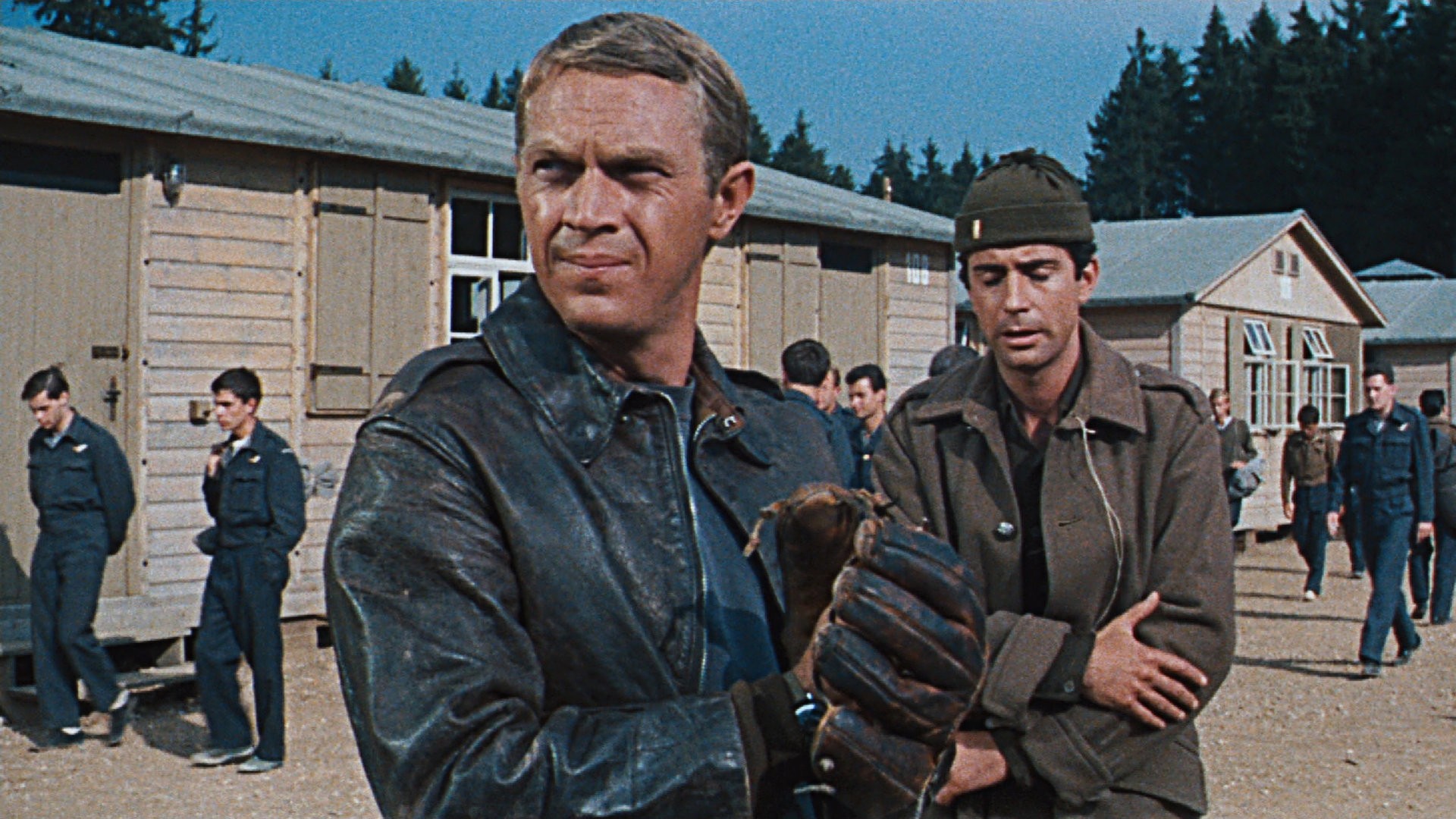
Source: Old Hollywood Classics/Facebook
Richard Attenborough’s Sqn Ldr Roger Bartlett was based on Roger Bushell, the South African-born British POW who was the mastermind of the real Great Escape.
Only One American Was in the Real Place
Another major inaccuracy is that there was only one American prisoner involved in the escape.

Source: Taylor Vick/Unsplash
“The way the tunnels were constructed and how the prisoners went about disposing of soil and covering the entrances are all 100% accurate. However there was only one American involved in the actual escape, and he was already a naturalized British citizen and had been serving in the British Army,” Jem said.
The Plan Took Longer to Put Together in Real Life
The time period during which the film takes place is also inaccurate. While Jem said that this change is understandable for the dramatics of the film, the real Great Escape took over a year to plan.

Source: Rotten Tomatoes Classic Trailers/YouTube
“The prisoners had a tough time getting rid of all the soil during winter when the snow covered the ground,” Jem added.
The Film Ignores One of the Tunnels
Jem also mentions that one of the three tunnels was not mentioned in “The Great Escape,” which may make sense since it wasn’t used in the final plan.
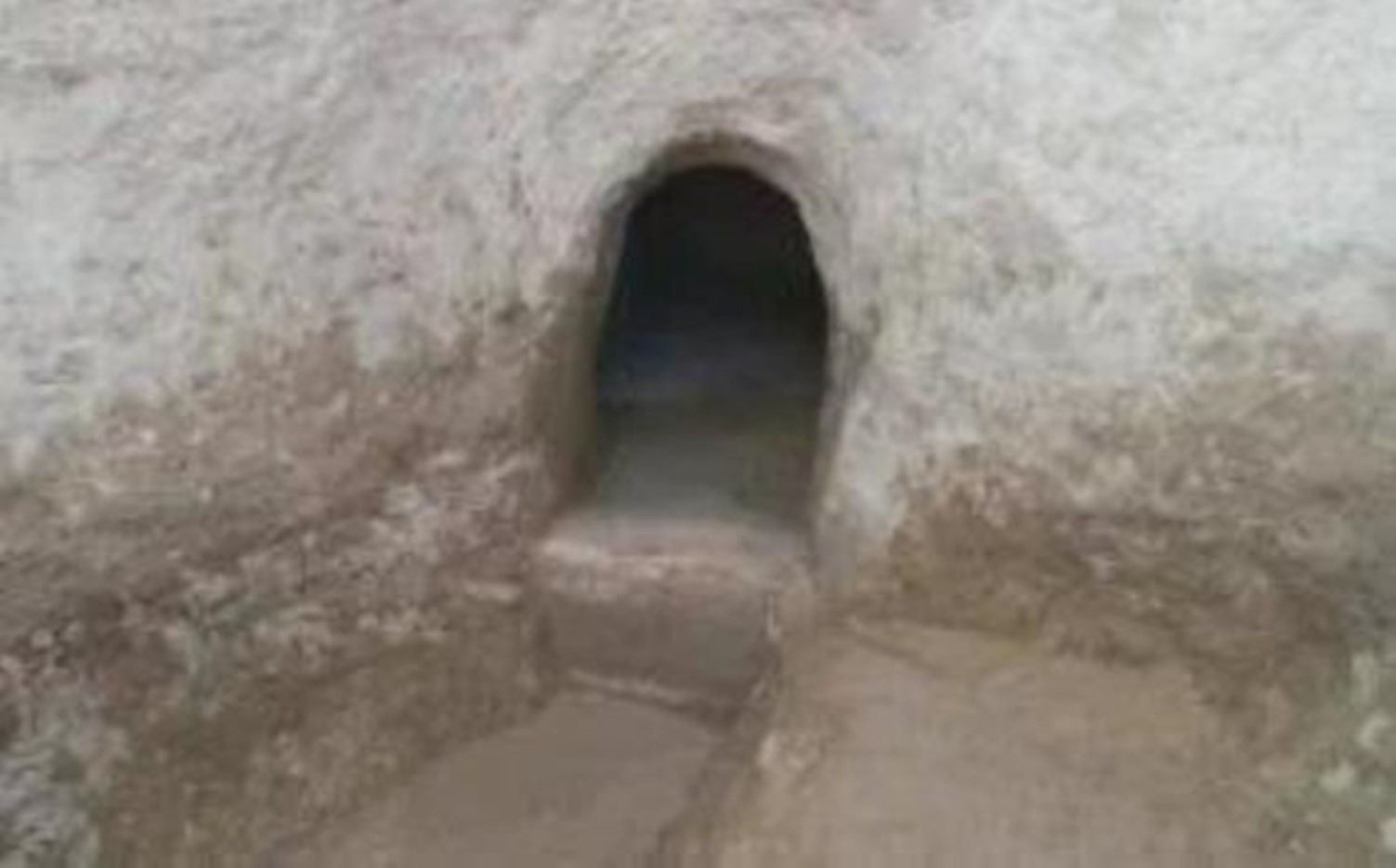
Source: indy100.com/Facebook
“Similarly, one of the tunnels ceased being mentioned in the film because it wasn’t useful anymore as more American airmen were brought to the camp. The prison huts were expanded over the area where the tunnel was, meaning it was now going into the camp rather than out,” Jem said.
The Most Iconic Scene Didn’t Really Happen
In one of the most iconic scenes of the film, McQueen’s motorcycle chase is a thrilling and memorable attempt at escape from the POW camp.
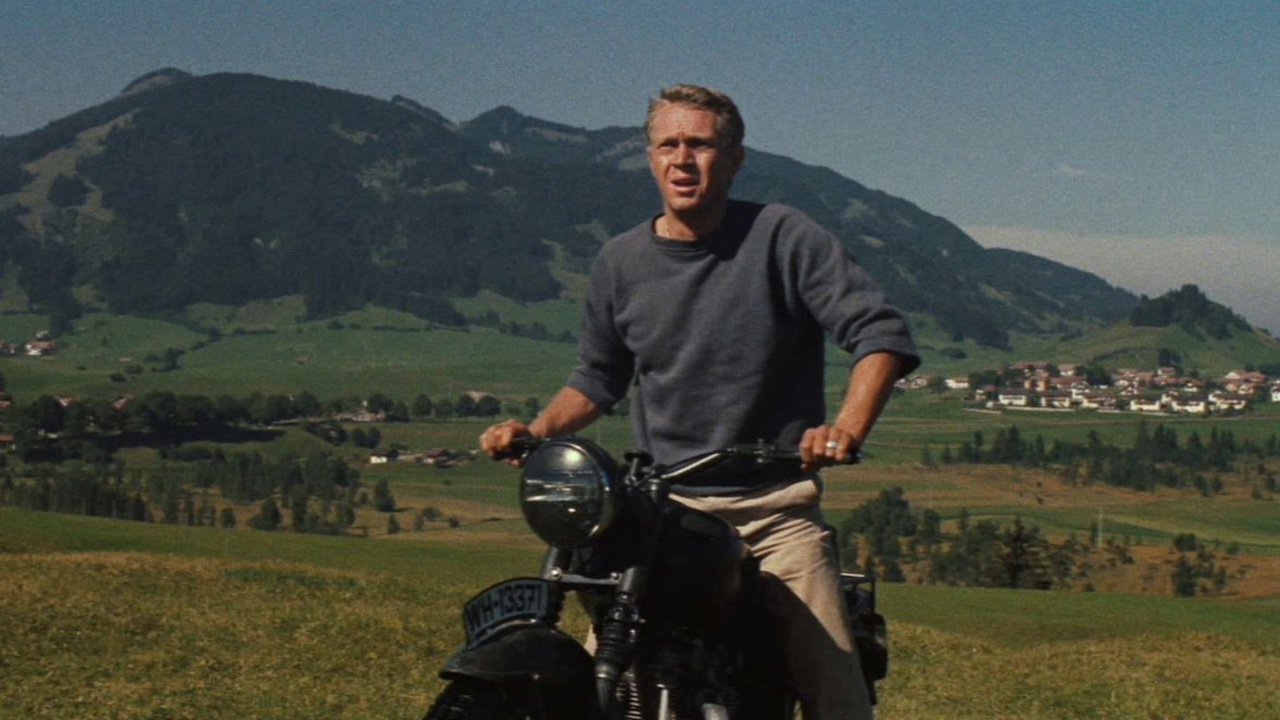
Source: Movieclips/YouTube
Unfortunately, this entire moment is fictional and is not based on any actual events from the escape. However, the scene highlights the bravery of the Allied prisoners and serves as a moment of spectacle for the audience.
